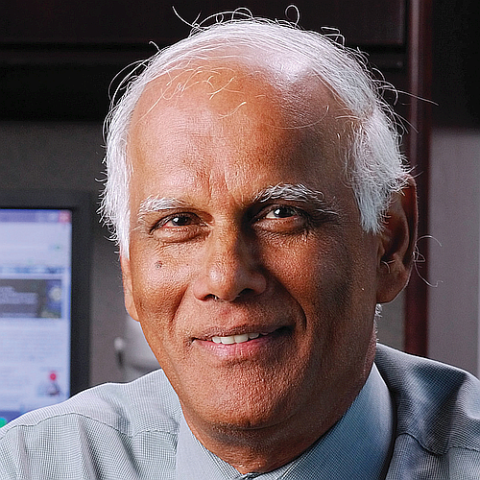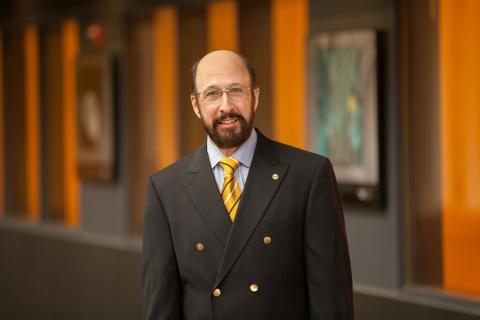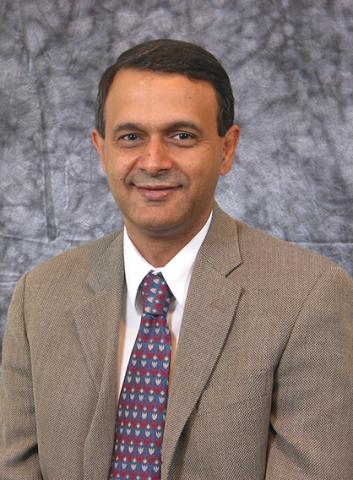By Roger Webb and David Hertling
In 1990, the shared vision of a group of Georgia business leaders led to the creation of a public-private partnership called the Georgia Research Alliance (GRA). The vision that strategic investment in the state’s research universities would help enable economic growth was implemented with three major elements: recruitment of outstanding researchers to join university faculties, development of first-class research laboratories and facilities, and later, the provision of venture development resources to support formation of commercial enterprises based on intellectual capital resulting from university research.
The GRA Eminent Scholars Program facilitates recruitment of world-class scientists and technologists by providing funds to help establish endowed faculty chairs in fields of strategic importance to the state and to the host university. GRA provides half the chair endowment and the host university the other half, usually from individual gifts by donors. The university foundation manages the endowment assets.
GRA also invests in laboratory outfitting for its Eminent Scholars and their colleagues. GRA has made substantial investments at Georgia Tech to develop facilities including the Pettit Microelectronics Building and the Marcus Nanotechnology Building.
In 2003, GRA created a venture development program to propel the launch and growth of new companies built around university discoveries. The program offers grants, loans, and advisory services to achieve company formation and growth. A few years later, the GRA Venture Fund LLC was formed to provide early-stage capital to the most promising university startups in GRA’s pipeline.
Since 1990, the GRA has invested $668 million and, by independent audit, generated a 12:1 return of $7.8 billion on the state’s investment in GRA. The Ventures Program has 195 companies in its portfolio which have attracted $1.75 billion in equity investment and created more than 1,500 jobs. Currently 88% of the startups receiving GRA investment and guidance are in business after four years (significantly higher than the national average of 44% of startups).
Georgia Tech in general and the School of Electrical and Computer Engineer (ECE) have benefited immensely by partnering with GRA. According to GRA President Susan Shows, ECE has recruited more GRA Eminent Scholars than any school/department at GRA’s members institutions and GRA has supported more start-up ventures emanating from ECE than from any other unit.
ECE has recruited 15 GRA Eminent Scholars, six of whom have retired or otherwise left Georgia Tech. The endowed chairs of these six were used to recruit additional Scholars so that nine members of the current ECE faculty hold GRA Eminent Scholar positions. GRA has invested $28 million to establish the Eminent Scholar positions and fit out their laboratories. It has invested another $21 million in core facilities. The GRA has supported 61 ECE originated startup ventures. While GRA does not track return on investment (ROI) in individual units, it is reasonable to assume that the ROI ratio for ECE investments is at least commensurate with the overall GRA investment return ratio.
The following brief sketches of a few of the outstanding individuals who joined the ECE faculty as GRA Eminent Scholars are illustrative of the impact of GRA on the School and on the economic development of the state:
- John Copeland joined the ECE faculty in 1993 as GRA’s first Eminent Scholar and became the founding director of the Georgia Center for Advanced Telecommunications Technology. Copeland developed a highly successful research program and was noted for successful mentoring of doctoral students. He founded a successful technology company, Lancope, based on intellectual capital developed by his research. Lancope was subsequently acquired by Cisco. Copeland retired from the faculty in 2016.
- Rao Tummala became ECE’s second GRA Eminent Scholar. Shortly after joining the faculty in 1993, he led a proposal effort resulting in an award from the National Science Foundation (NSF) to establish the first ever NSF Engineering Research Center (ERC) at Georgia Tech. The ERC focused on the area of electronic packaging and was appropriately named the Georgia Tech Packaging Research Center (PRC). Tummala successfully recruited a large number of electronics companies worldwide to join PRC. The PRC obtained the maximum level of ERC funding over an 11-year span and has received over $100 million in contract awards from member companies. Additionally, the PRC provided a substantial educational and student mentoring program. Tummala retired from the faculty in 2019, but the PRC continues to flourish under the direction of his protégé, Madhavan Swaminathan. One of the technologies PRC pioneered was the development of glass substrates for semiconductor chips. It was recently announced that Korean industry giant SKC would locate a major facility to Covington, Georgia to manufacture glass substrates. Access to PRC was a major element in the choice of location.
- Russell DuPuis joined the ECE faculty in 2003 as a GRA Eminent Scholar. With support from GRA, Dupuis developed a substantial laboratory and student training facility to continue his research on growth of lll-V compound semiconductor materials using metal organic chemical vapor deposition (MOCVD). A pioneer in LED technology, Dr. DuPuis was presented the National Medal of Technology and Innovation from President George W. Bush in 2002, and he received the Charles Stark Draper Prize for Engineering in 2015. In 2019, Dupuis was selected to receive the Materials Todayinnovation award for pioneering MOCVD technology. In 2021, he was awarded the Queen Elizabeth Prize for Engineering, based on his contributions to LED technology and marketing, and he was introduced to Queen Elizabeth II and Prince Charles. Later this year, Dupuis will be honored with the Benjamin Franklin Medal in Electrical Engineering.
- In 2015, Deepak Divan became an ECE/GRA Eminent Scholar. He is the founding director of the School’s Center for Distributed Energy, which conducts research in the area of devices and distributed control for power systems. The products of his research have led to the formation of three technology companies. Also, in large part due to Divan’s efforts, the School has the largest and most respected educational programs in electric power engineering.
- Larry Heck is the latest ECE/GRA Eminent Scholar, joining the faculty in 2021. Heck is no stranger to ECE, having received his M.S. and Ph.D. degrees from Georgia Tech, and he served for many years on the ECE Advisory Board. For the past 30 years, Heck had a distinguished career working in the areas of artificial intelligence and speech processing with several well-known technology companies.
The GRA has more than satisfied the vision and goals of the leaders who conceived and founded it. It has been a significant factor in bringing outstanding faculty to Georgia’s research universities with attendant development of education and research programs. An often overlooked factor in the resultant economic development contributions is the fact that outstanding faculty attract outstanding students. The intellectual property represented by those students joining the workforce upon graduation rivals the importance of the intellectual property leading to commercial enterprises. ECE is proud of its affiliation with GRA and of the resultant program and intellectual property development.
Additional Images




